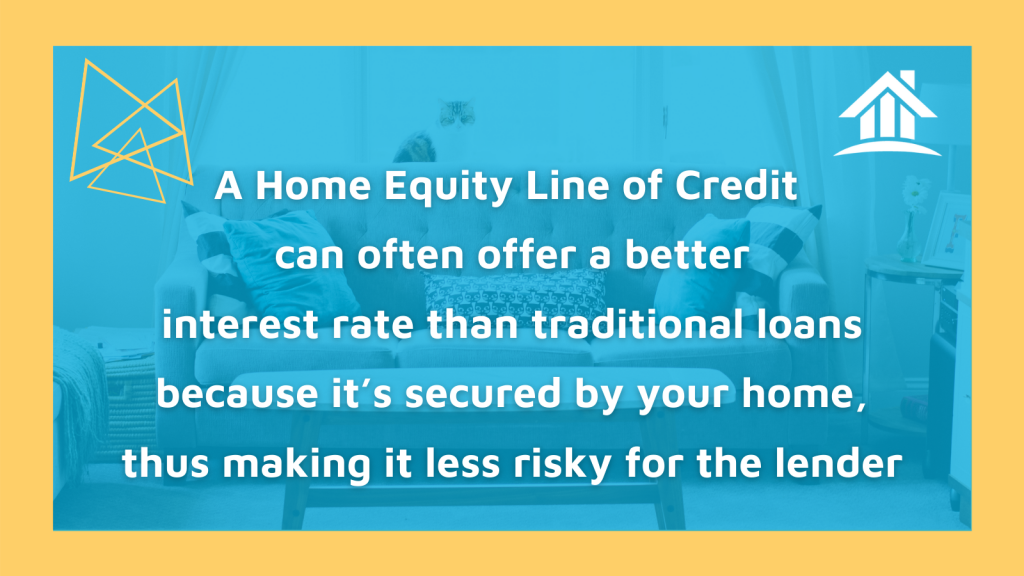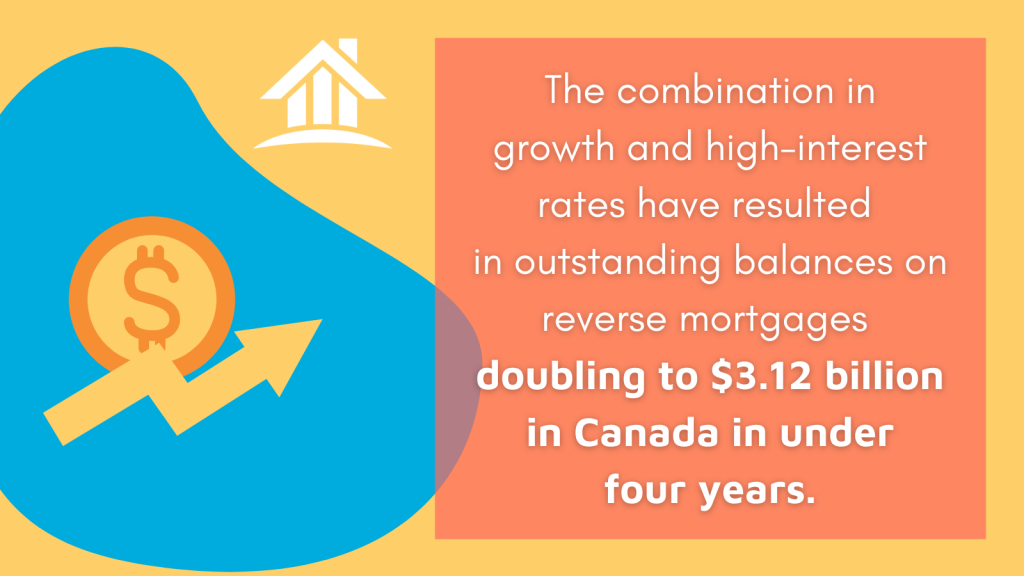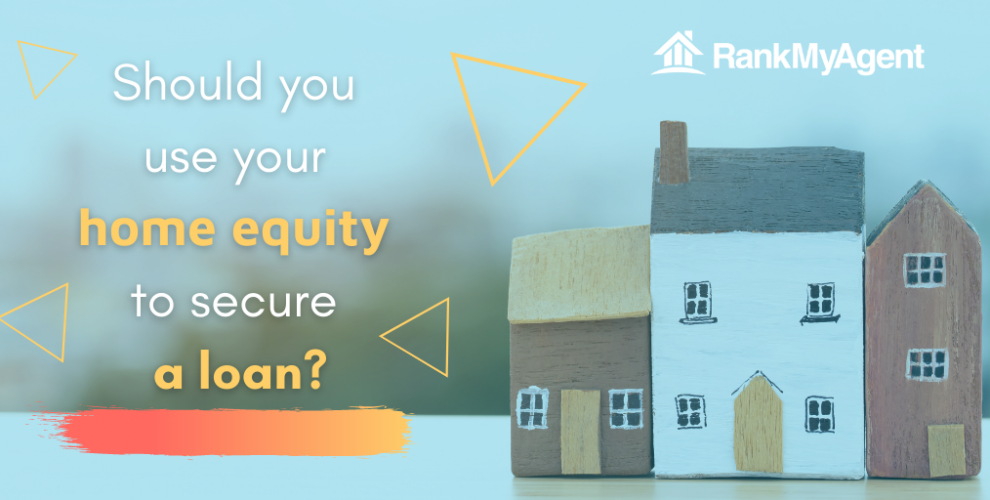After many mortgage payments, you’ve built a lot of home equity—the difference between the value of your home and what’s left unpaid on your mortgage. 92% of Canadian homeowners were found to have 25% or more equity in their home, according to a Mortgage Professionals Canada 2018 survey. And with the appreciating prices of real estate in some Canadian cities, many Canadians may have even more home equity than ever anticipated.
If you’re looking for an influx of cash, then it may be worthwhile to borrow money that’s secured by your home’s equity, otherwise known as a home equity loan. This method of borrowing can be much cheaper than other borrowing methods. That’s why about 10% of Canadian homeowners took equity out of their home in 2018 to secure a loan. The most common reasons for this loan were to fund investments, renovate their home, consolidate debt, and make purchases.
In this blog post, we’ll look at three of the most popular home equity loans: HELOCs (Home Equity Line of Credit), second mortgages, and reverse mortgages. This piece will outline the benefits and downsides of each and inquire into why they’ve gained so much momentum.
Home Equity Line of Credit
A HELOC works like any other line of credit would, except the debt is secured by your home. Like traditional lines of credit, you have the ability to withdraw what you need, when you need it. The money is also re-advanceable if you pay it back, and you’re not responsible for any interest on unused amounts.

However, they also commonly come with variable interest rates, which can go up as general interest rates rise too.
They’re great for situations where you don’t know how much money you’ll need, and it’s never a bad thing to have cash ready in case of an emergency. But the downside to a HELOC is that lenders usually want to see that you have good credit and income, as well.
A bank or lender can call the debt on a HELOC at any time. That is, they can ask the borrower to pay it back at any time—something most borrowers don’t understand about this line of credit. This isn’t likely, however, because calling the HELOC debt of millions of Canadians can end up hurting the bank’s own profits.
This fact proves something else: Canadians don’t fully understand the terms and conditions of their HELOC—which was also discovered by the Financial Consumer Agency in a survey that found participants usually scored less than 50% when answering questions about their loan. The survey also found that 25% of respondents only made interest payments on their HELOC.
Second Mortgages
A second mortgage is a loan that’s secured with your home’s equity, similar to a HELOC. But, instead of taking out money when you need it, the capital is provided as a lump sum. It’s common that a bank or lender will provide up to 80% of the appraised value of your home minus what you owe on your first mortgage.
This home equity loan is called a second mortgage because it’s ultimately second to your primary mortgage—i.e., in the event of a default, your first mortgage is paid out in advance of the second one. This is why the amount you can borrow depends on the home equity you have.
Unlike a HELOC, second mortgages can accommodate individuals with lower or less stable incomes or individuals with lower credit scores. The interest rate may be higher than a HELOC as a result, and the rate will definitely be higher than your initial mortgage since the second mortgage lender is in a riskier position. On top of this, there will be legal and broker fees to arrange the loan, adding another cost in addition to interest payments.
It’s important to remember that a second mortgage will mean you now have two mortgages to pay off. If you miss a payment on either, it could result in the lender foreclosing your home.
Reverse Mortgages
A reserve mortgage is a great way for retirees to supplement their retirement savings or government income or to get a large sum of money for renovations, a grandchild’s education, or sudden expenses. To qualify for a reverse mortgage, you and your spouse both need to be over the age of 55.
The loan can come in the form of a lump sum payment or in monthly installments. And, no repayments are required until the home is sold. For this reason, a borrower typically does not need to plan how they’ll repay the loan because it comes out of the future proceeds of the home sale. In a reverse mortgage, you essentially give up equity in exchange for receiving monthly payments—the reserve of what you’d do in a regular mortgage. All the while, the qualifications to borrow this way are much lower than the qualifications required for a HELOC.
The convenience of reverse mortgages has resulted in its 20% annual growth. Though many criticize the tool for its high-interest rates.

A home equity loan can be a powerful tool. It effectively allows you to borrow money at a lower interest rate or with fewer obstacles by leveraging your home’s equity. This money is perfect when you need capital for home renovations, to pay for a child’s education, or to consolidate debt. The biggest downside is that you put your home at risk.
This blog post went over three kinds of home equity loans: A HELOC, which can provide easy access to capital at a low interest rate; a second mortgage, which can provide a lump sum payment without onerous income or credit score conditions; and a reverse mortgage, which allows retirees to leverage their home equity to supplement their retirement savings. There are others home equity loans out there and lenders are sure to create more.

